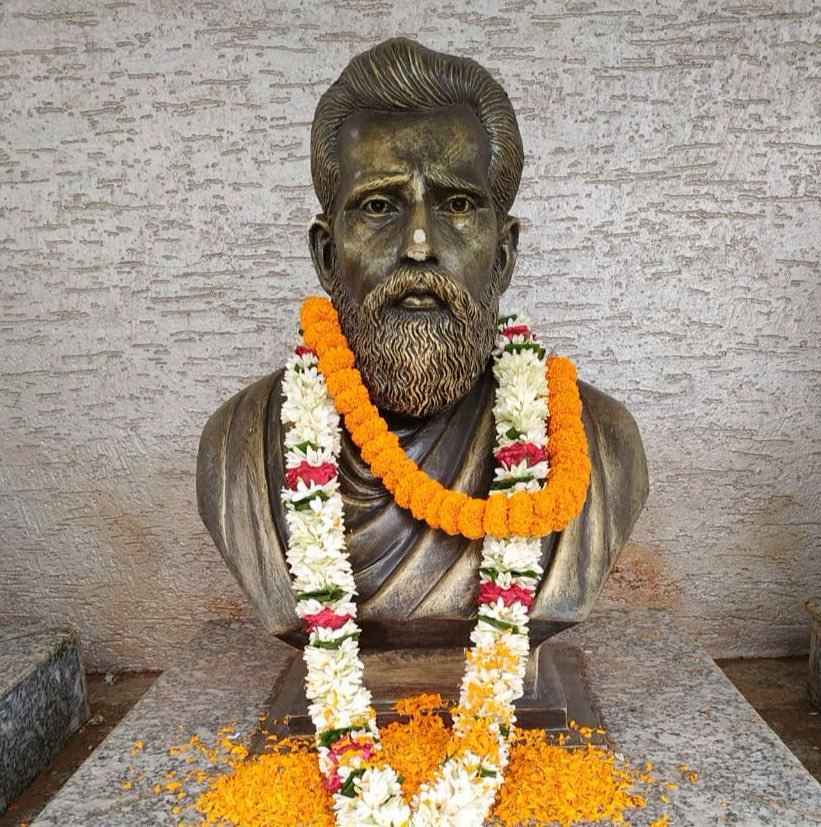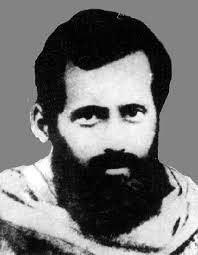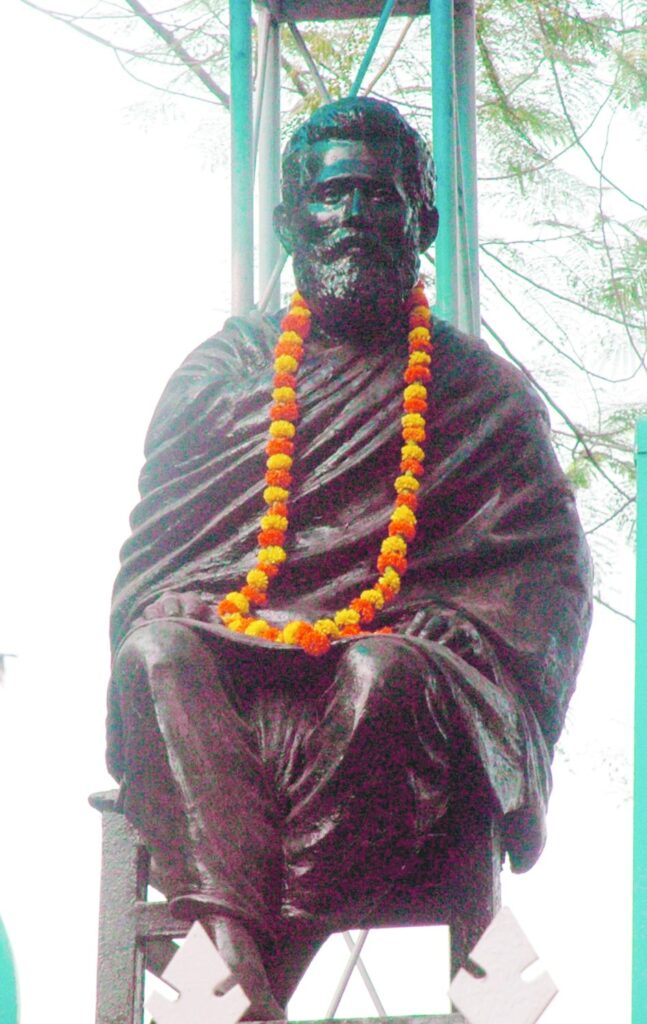Kailash Chandra Dash

On 9th October 1877 was born a famous prophet of Odia identity Gopabandhu Das. He constructed and articulated Odia identity during his short span of active life from 1898 to 1928. He came to focus in Utkal Dipika of 1892 first as a student and then after two years he came to focus for criticising the poet Radhanath Ray in the interesting context of Indradhanu-Bijuli debate. His first poem entitled Chandra was published in Utkal Sahitya in its May 1898 issue when he was still a high school student as he passed Entrance Examination conducted by Calcutta University in July 1898. He became a student of Ravenshaw College in First Arts Class in 1898 and it led to an expansion of his literary and public activities till his death.
In 1898 he established the famous Karttabya Bodhini Sabha in Cuttack with the support and cooperation of Braja Sundar Das and others for the awakening of the youth. In 1899 his first poem collection entitled Abakasha Chinta was published to mark the first year completion ceremony of Karttabya Bodhini Samity in Cuttack.( Dash, Debendra Kumar, ed.Utkalamani Gopabandhu Granthavali, Cuttack, 2003;Nayak Smaran Kumar, Abakash Chinta, Kalinga Gabeshana Academy, Cuttack.)
This poetry collection was dedicated to Mahamahopadhyaya Samanta Chandrasekhar as a mark of his imperishable contribution. It aroused consciousness among many. In 1906 after passing Law examination in Calcutta University he first entered into teaching in Nilagiri Garjat where he was the headmaster in a new school. As early as 1907 he was engaged in the relief operation in Kendrapada area with the help of many college students which was reported in Utkal Dipika of 1907.
He was the founder of Central YoungMen’s Association in 1908 which was also designed to mobilize the youth for the development of Odisha. He started Satyabadi School in 1909 with a band of selfless graduates for the literary and cultural awakening among the youth. In 1915 he started Satyabadi, a monthly Odia magazine which could contain powerful articles of many young Odia writers and it was designed to arouse consciousness among the youth for the progress of Odisha.
His most important phase began in 1919 in April when he was selected to be the president of the 14th session of Utkala Sammilani which was the great platform for the Odisha-in-making. He was earlier associated with this Sammilani in the first stage of its formation. His presidential address in the 14th session was a brilliant discourse on Odia identity. He presented a new interpretation of Odia Nationalism which he wanted to be an essential part of the wider Indian national movement. He strongly recommended the reorganisation of Bhagabata Gharas in rural Odisha for the spread of Odia nationalism.

On 30th August 1918 Gopabandhu made a declaration before the District magistrate Puri praying for sanction to print and publish a vernacular weekly paper under the name of The Pallipatha. The paper was intended to diffuse useful information and knowledge among the mass of people about village sanitation, cooperation, primary education, agriculture, village panchayats and arbitration in the language of the masses. This paper was however never published as on the 3rd May 1919 Gopabandhu Das made a further declaration in which he intended to change the name of the paper to Samaj .
He further declared that the change was only in name and did not affect the object and character of the newspaper-in other words the subjects for publication were the same as those originally declared for Pallipatha. Thus in October 1919 was published Samaj which became a significant medium of public opinion in Odisha in the 20th century. He became a close follower of Mahatma Gandhi and accepted his non-cooperation programme and for it he used his paper Samaj as a great medium for publication of the views on Indian nationalism.
The Samaj provided a great platform to the Odia leaders and activists during and after the phase of Non-cooperation Movement to articulate a critique of colonialism and British imperialism. With Non-cooperation Movement in Odisha Gopabandhu became a prophet of Odia nationalism. He courted imprisonment for his participation in the non-cooperation Movement and his involvement in the Kanika peasant protest movement. After his release his literary resurgence began with the publication of his masterpieces like Abakasha Chinta, Bandira Atmakatha, Kara Kabita, Dharmapada, Bandira Swadesh Chinta and Go Mahatmya which have lasting impression on all Odias.
He was called Utkalamani by Acharya Prafulla Chandra Ray of Bengal for his enduring work in the making of modern Odisha. He was very much interested in the 1920s to mobilize the people of Odisha for the promotion of Gandhian programmes and he wanted men of characters and ability in the Congress in Odisha. He had an effective role in widening Congress activities in Odisha. He took great care for the prevention of flood and famine in Odisha even in 1927-28 during the last phase of his life.

His life was cut short in 1928 due to a very severe attack of typhoid. We find a remarkable tribute for Gopabandhu Das in Modern Review of February, 1929 by C.F.Andrews who considered the death news of Gopabandhu as one of the greatest shocks he had in recent years. Andrews stated: There was no one in that country who was so deeply loved by the poor people as he was. And there was no one who had so utterly sacrificed his life for the poor. Indeed Gopabandhu Das was a great marker of Odia identity and despite all remarks from the side of his adversaries he is an unmistakable milestone for the people of Odisha which reminds them always the value of selfless sacrifice for the cause of the motherland. Let us revisit Gopabandhu Das and his literary realm for the formation of an inspiring past.























